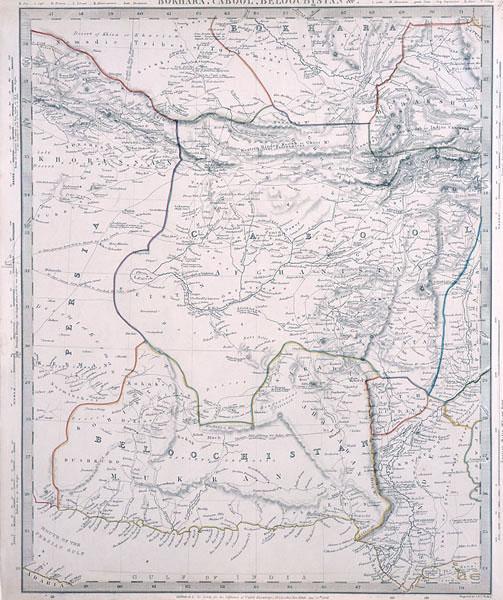The past couple of years have produced an unusually large number of collapsed states around the world, and I think it’s worth pondering why.
As noted in a previous post, when I say “state collapse,” I mean this:
A state collapse occurs when a sovereign state fails to provide public order in at least one-half of its territory or in its capital city for at least 30 consecutive days. A sovereign state is regarded as failing to provide public order in a particular area when a) an organized challenger, usually a rebel group or regional government, effectively controls that area; b) lawlessness pervades in that area; or c) both. A state is considered sovereign when it is granted membership in the U.N. General Assembly.The concepts used in this definition are very hard to observe, so I prefer to make probabilistic instead of categorical judgments about which states have crossed this imaginary threshold. In other words, I think state collapse is more usefully treated as a fuzzy set instead of a crisp one, so that’s what I’ll do here.
At the start of 2011, there was only state I would have confidently identified as collapsed: Somalia. Several more were plausibly collapsed or close to it—Afghanistan, Central African Republic (CAR), and Democratic Republic of Congo (DRC) come to mind—but only Somalia was plainly over the line.
By my reckoning, four states almost certainly collapsed in 2011-2012—Libya, Mali, Syria, and Yemen—and Central African Republic probably did. That’s a four- or five-fold increase in the prevalence of state collapse in just two years. In all five cases, collapse was precipitated by the territorial gains of armed challengers. So far, only three of the five states’ governments have fallen, but Assad and Bozize have both seen the reach of their authority greatly circumscribed, and my guess is that neither will survive politically through the end of 2013.
I don’t have historical data to which I can directly compare these observations, but Polity’s “interregnum” (-77) indicator offers a useful (if imperfect) proxy. The column chart below plots annual counts of Polity interregnums (interregna? interregni? what language is this, anyway?) since 1945. A quick glance at the chart indicates that both the incidence and prevalence of state collapse seen in the past two years—which aren’t shown in the plot because Polity hasn’t yet been updated to the present—are historically rare. The only comparable period in the past half-century came in the early 1990s, on the heels of the USSR’s disintegration. (For those of you wondering, the uptick in 2010 comes from Haiti and Ivory Coast. I hadn’t thought of those as collapsed states, and their addition to the tally would only make the past few years look that much more exceptional.)
Annual Counts of Polity Interregnums, 1946-2010
Second and related is the problem of contagion. The set of collapses that have occurred in the past two years are clearly interconnected. Successful revolutions in Tunisia and Egypt spurred popular uprisings in many Arab countries, including Libya, Syria, and Yemen . Libya’s disintegration fanned the rebellion that precipitated a coup and then collapse in Mali. Only CAR seems disconnected from the Arab Spring, and I wonder if the rebels there didn’t time their offensive, in part, to take advantage of the region’s current distraction with its neighbor to the northwest.
Surely there are many other forces at work, too, most of them local and none of them deterministic. Still, I think these two make a pretty good starting point, and they suggest that the current rumble probably isn’t over yet.
http://dartthrowingchimp.wordpress.com/2013/01/04/a-rumble-of-state-collapses/









































No comments:
Post a Comment